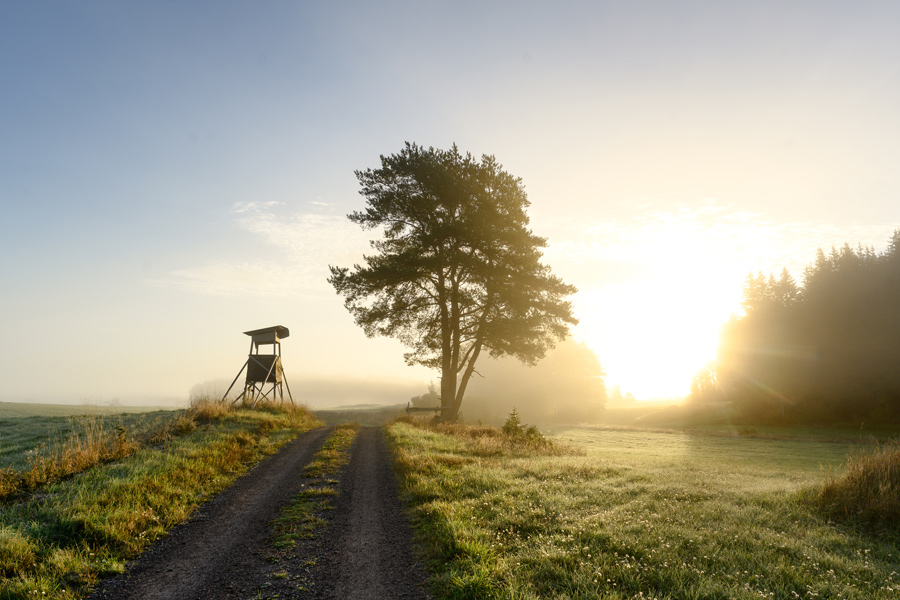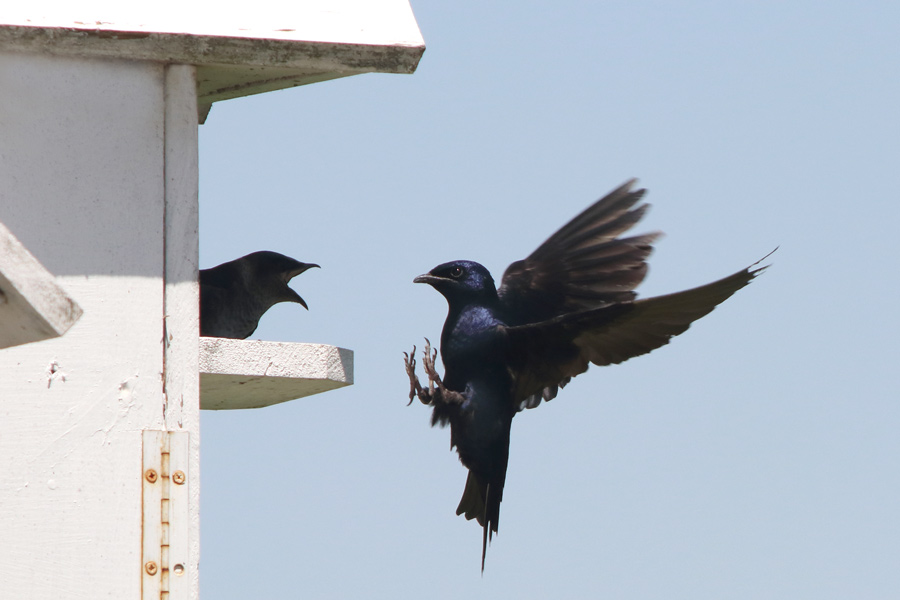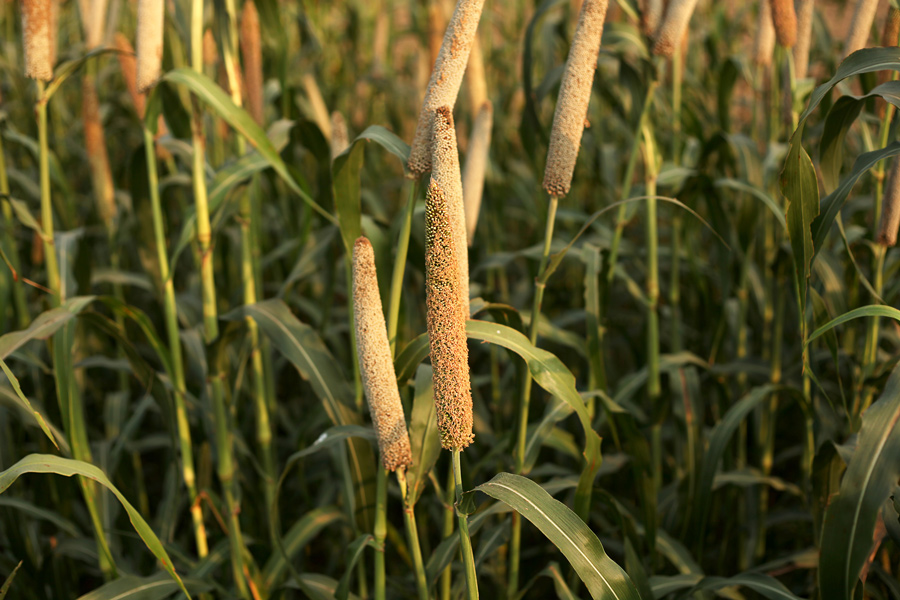Environment
-

The spotted lanternfly is an invasive planthopper that can feed on a wide range of trees in the United States. The potential economic and environmental impact of spotted lanternflies is alarming, and threatens not only the livelihoods of many but also the biodiversity and beauty of our landscapes.
William Hudson and Shimat Joseph
|
-

Perfluoroalkyl and polyfluoroalkyl substances (PFAS) are a group of more than 9,000 manmade chemicals that have been in use worldwide since 1940, primarily in industry and numerous commercial and consumer products. The widespread use of PFAS for the past several decades has raised concerns due to their persistence, bioaccumulative nature, and potential adverse health effects. This publication provides information about the background, uses, and environmental and human health consequences of PFAS chemicals, as well as the EPA’s primary drinking water regulation standards and water treatment systems for removal/reduction of these chemicals from drinking water. Testing options and PFAS monitoring efforts by the Georgia EPD are included along with references for further reading.
Gary Hawkins, Pamela Turner, and Uttam Saha
|
-

A two-page checklist of the basic list of supplies you should have ready for emergencies. Keep the items you will most likely need during an evacuation in an easy-to-carry, waterproof container. Be mindful that this is a basic list of supplies. A more comprehensive list can be found in the Home Emergency Management Guide.
Pamela Turner
|
-

Communities across Georgia are subject to a number of potential disasters such as fires, flooding, severe storms, earthquakes, dam failures, tornados and hurricanes. While we all hope that such occurrences never happen, it has been shown time and again that being prepared for disasters is prudent. This handbook contains a step-by-step guide to disaster planning along with other essential information you will need in building a comprehensive home emergency preparedness plan. Be sure to involve all the members of your household when developing your plan. A plan will only work when everyone knows about it and agrees to operate within its guidelines.
Pamela Turner
|
-

AP 133-1
Hurricane Helene Impact Report
We estimate that Hurricane Helene’s damages to Georgia agriculture and forestry will cost the state economy at least $5.5 billion in 2024 present value. This figure represents the sum of direct crop losses, losses to firms that support agriculture and forestry, losses to workers in those and related industries, and the recovery and restoration costs that firms in these industries will face. The Georgia Forestry Commission is a collaborator with UGA on this publication.
J. Moore, Jacob Price, Marvin Wells, Casey Ritz, Wade Parker, Jillian Bohlen, Tim Coolong, Lawton Stewart, Gregory Colson, Walter Monfort, Todd Applegate, Mary Sutton, Michael Adjemian, Lavesta Hand, Theodore Mcavoy, Zilfina Rubio Ames, and Ping Yu
|
-

Leasing hunting land is one of several types of hunting enterprises that can be profitable for landowners, or can at least cover some of the costs of land ownership. This publication give you tips on creating an equitable lease agreement.
Michael Mengak
|
-

C 977
Purple Martins
Not too long ago, every farmhouse had boxes, gourds or other housing to attract purple martins. Martin houses are not as common today as they once were, but with increasing interest in our environment and nonchemical pest control, the martin is regaining popularity.
Michael Mengak
|
-

Nobody wants drought, but it’s been happening a lot in recent years in the Southeastern U.S. For farmers without irrigation, it may seem that little can be done besides accept what rain comes. However, by paying attention to forecasts and following general practices that help collect and retain moisture, risk can be reduced for all manner
of future climate conditions. Here are some ideas for what can be done, centered around two practices: first, knowing what’s in store; second, planning ahead.Carrie Furman
|
-

Homeowners sometimes experience unpleasant odors in their household water. In many cases, the exact cause of the odor is difficult to determine by water testing; however, this publication provides a few general recommendations for treating some common causes of household water odors.
L. Risse and Uttam Saha
|